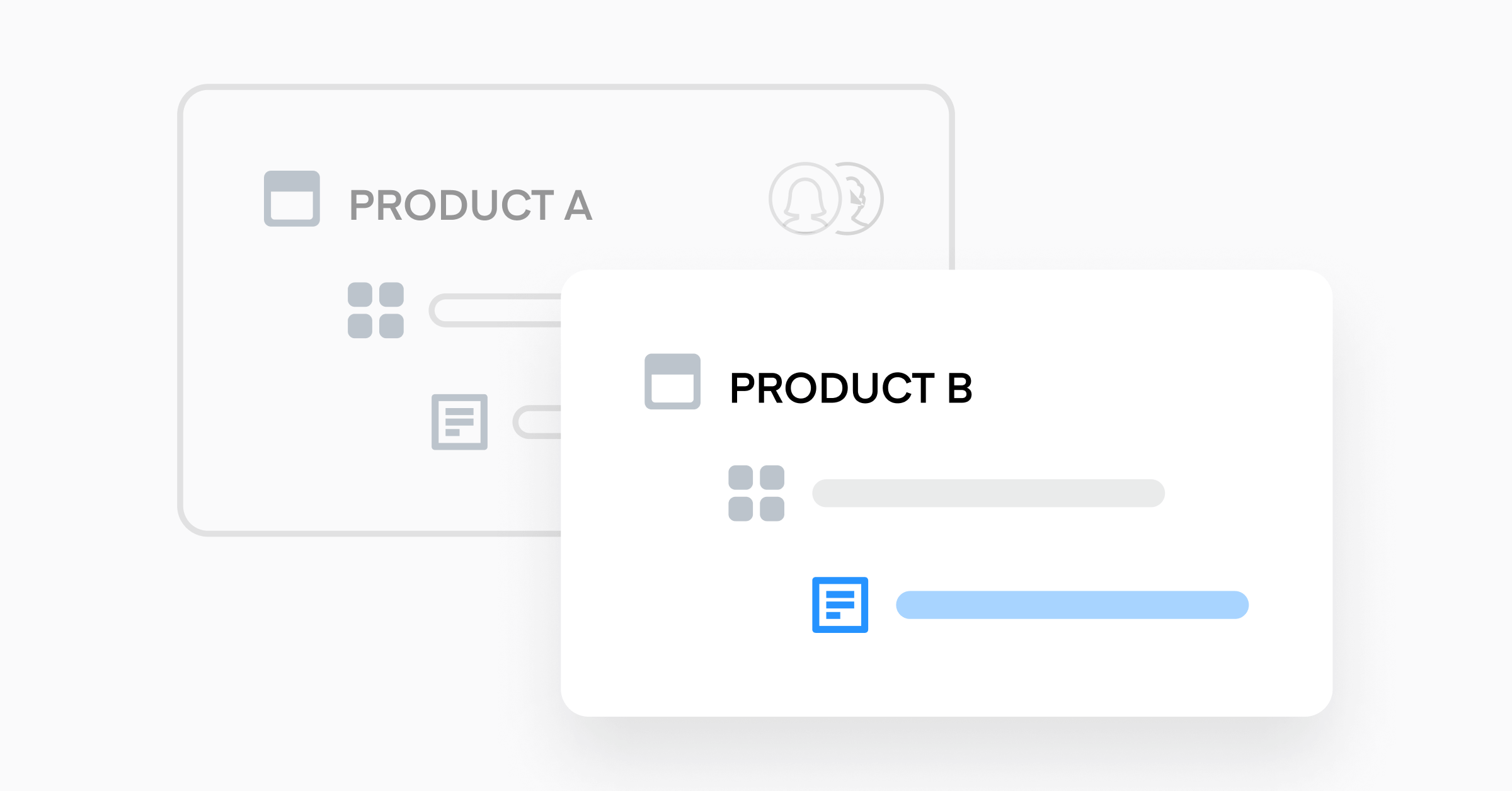Building a Bulletproof Product Launch Plan

What is a product launch plan, and why is it important to the overall product development strategy?
To answer this question, we must understand product development’s ultimate purpose. Product development is the process of conceiving, designing, and bringing a new or improved product to market. It involves identifying market opportunities, creating prototypes, refining designs based on feedback, and ensuring the final product aligns with consumer needs. Successful product development is integral to a company’s competitiveness and long-term growth.
To be innovative, businesses need to think beyond creating products; product development is a strategic process that defines a brand, drives innovation, and determines market relevance. A robust strategy ensures that every phase of product development aligns with market demands and organizational goals, maximizing the return on invested resources.
Enter the product launch checklist—a practical tool that ensures no detail is overlooked in the final stretch. This checklist serves as a comprehensive guide for transforming the strategic plan into a tangible, market-ready product.
Architecting a Robust Product Development Strategy
To ensure your product team is delivering a feature or new product that customers actually want, here’s what you need to consider when developing your product development strategy.
- Market Research: Conduct a thorough analysis of consumer needs and market trends, pinpointing gaps or opportunities that align with your company’s (and product’s) strengths. This will help craft a compelling value proposition from identified opportunities. It’s important to speak directly to customers when gathering insights.
- Cross-Functional Collaboration: Foster open communication across departments, encouraging collaboration between design, engineering, marketing, and your customer-facing teams to eliminate silos and ensure a holistic approach to product development.
- Prototype Development and Iteration: Build and refine prototypes early in the process, establishing feedback loops with end-users and internal stakeholders for rapid iteration. This should help minimize potential pitfalls in later development stages. You don’t want to learn that customers don’t need that feature after you’ve launched it.
- Strategic Resource Allocation: Allocate resources based on the prioritized features and elements identified during prototype testing. Time and budget should be invested only towards the things customers need.
With the strategic framework in place, the product launch checklist becomes the linchpin that ensures nothing falls through the cracks. It’s not just a list of tasks; it’s a dynamic document that ties back to internal processes and initiatives. Here are key product development best practices to consider:
- Clear Communication Channels: Establish channels for real-time communication to address unexpected challenges swiftly. Ensure everyone involved in the launch is aware of their roles and responsibilities.
- Feedback Loops: Integrate feedback mechanisms at every stage of the launch, including internal testing to early customer interactions. Establish a continuous improvement cycle based on insights gathered during the launch process.
- Quality Assurance: Implement rigorous quality control measures to identify and rectify potential issues before the product reaches the market. Conduct thorough testing to ensure the product meets or exceeds customer expectations.
- Post-Launch Analysis: Monitor product performance and customer feedback post-launch. Use data analytics to gather insights and inform future iterations or expansions.
By weaving strategic considerations with meticulous execution through a comprehensive checklist, organizations can navigate the complexities of product development with confidence and set the stage for sustained success.
Distinguishing the Product Roadmap from the Product Launch Plan
A product roadmap helps chart your course while the product launch plan aids in executing your vision. Both contribute to the product development strategy that supports your overall business goals.
The product strategy roadmap serves as a high-level visual representation of the product journey, outlining key milestones, features, and development timelines. Think of it as the strategic blueprint, aligning the product’s evolution with business objectives. The roadmap is forward-looking, detailing the “what” and “why” behind product initiatives, providing a long-term perspective on how the product will grow and adapt to market needs.
Meanwhile, the product launch plan is the tactical playbook for bringing the product to market. It delves into the “how” and “when” of execution, breaking down the strategic initiatives outlined in the roadmap into actionable steps. The launch plan is a detailed, time-sensitive document ensuring that the product hits the market with maximum impact and resonance. It includes plans for marketing, sales, distribution, and customer support, aiming to create a coordinated and impactful launch. It helps in building anticipation, creating awareness, and maximizing initial traction. Product launch plans align cross-functional teams, helping them to establish clear goals, and sets the stage for ongoing product success by laying a strong foundation for customer adoption and satisfaction.
Crafting an Agile PDS Roadmap: Supporting the Launch Plan
By following these below steps when created your launch plan, you’ll support your product roadmap vision effectively:
- Define specific and measurable objectives for the product launch to guide the entire plan
- Foster collaboration among different teams (marketing, sales, development) for a comprehensive and coordinated launch effort
- Conduct thorough market research to understand target audiences, competition, and potential challenges
- Develop a detailed go-to-market outline of marketing channels, messaging, and sales strategies
- Plan and execute a communication strategy for both internal teams and external stakeholders to ensure everyone is aligned
- Include thorough testing and quality assurance processes in the plan to identify and address any issues before the launch
- Ensure customer support teams are prepared for inquiries and issues post-launch, providing a seamless experience for users
- Implement a process to gather feedback, analyze performance metrics, and iterate on the product and launch strategy for continuous improvement or revisions to the plan
Elevate Your Strategy With Productboard
Optimizing product development requires regular market analysis, assessing performance metrics, incorporating insights and feedback, and monitoring changes in the competitive landscape. The reasons products fail vary, but they typically come down to mistakes on the product management end; insufficient market research, poor resource allocation, lack of customer feedback integration, overlooking technological feasibility, and rushing the launch for the sake of hitting arbitrary deadlines.
To optimize product launches at scale, you need a modern approach to product management.
All your product management processes and tools need to be housed in one place with integrated customer feedback. By centralizing product management, you can enable quicker roadmap planning, make data-driven decisions based on real-time insights and trending demands, and strategically prioritize features with a feature launch roadmap.
Productboard streamlines the creation of successful product launch plans by centralizing all customer insights within a single platform, simplifying the process of constructing visual strategic roadmaps in mere minutes. See Productboard in action.




